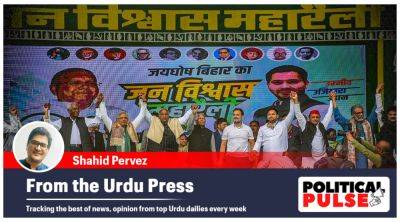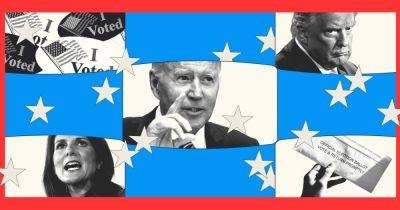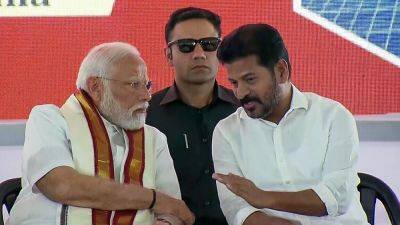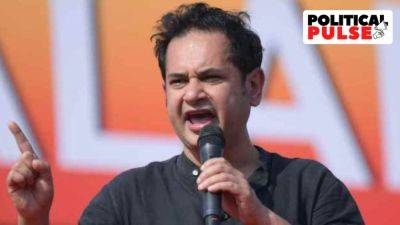Farmers’ protest: Loan waiver among demands, how Centre has allowed it only twice
The demands of thefarmers protesting at several places along the Punjab-Haryana border, with the agitation now spreading to other areas, include a waiver of farm loans.
Though this demand keeps raising its head, the fact is that the Central government has waived off farm loans only twice since Independence, and never given a blanket waiver. Waivers have primarily been a tool used by state governments, including as promises ahead of elections, particularly given the high levels of indebtedness among agricultural households.
The first Central government loan waiver was under the Agricultural and Rural Debt Relief Scheme, introduced by the V P Singh-led National Front government in the 1990-91 Budget. The National Front had come to power then with the support of the BJP.
“Over the years, poor farmers, artisans and weavers have accumulated debt which they are unable to repay. They have been caught up in a vicious circle of indebtedness and low incomes, which keeps them in perennial poverty. In order to relieve our farmers from the burden of debt, an assurance was given in the National Front’s manifesto that relief will be provided to farmers with loans up to Rs10,000,” announced Union Finance Minister Madhu Dandavate.
The Opposition, including the Congress, criticised the scheme during debates in Parliament, with some calling it a “mathematical somersault” and others saying the waiver was too small or targeted too few farmers.
After an initial allocation of Rs 1,000 crore, the scheme ended up costing the government Rs 7,825 crore and necessitated additional loans from the Reserve Bank of India (RBI) for states to cover their share of the waiver. The scheme benefited 3.2 crore farmers, accounting for 53% of borrowers in the







